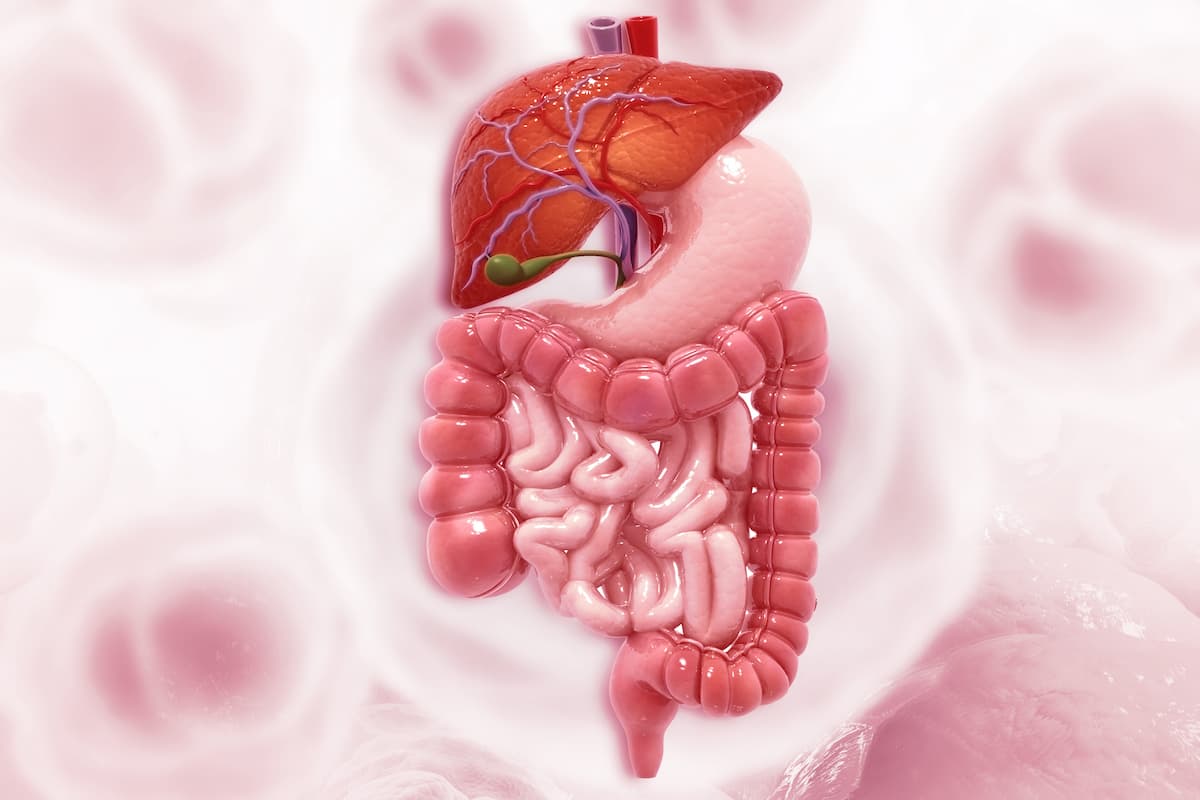Nivolumab/Chemo Yields Meaningful Survival in Advanced Gastric/GEJ Cancer
Findings from the phase 3 CheckMate 649 trial support nivolumab plus chemotherapy as a standard frontline therapy for patients with gastric, gastroesophageal junction, and esophageal adenocarcinoma.
“The data from this 3-year follow-up further support nivolumab plus chemotherapy as standard first-line treatment for patients with gastric, [GEJ], and esophageal adenocarcinoma," according to the study authors.

Combining nivolumab (Opdivo) with chemotherapy demonstrated sustained survival improvements compared with chemotherapy alone among patients with advanced gastric, gastroesophageal junction (GEJ), and esophageal adenocarcinoma, according to 3-year follow-up findings from the phase 3 CheckMate 649 trial (NCT02872116).
The median overall survival (OS) was 14.4 months (95% CI, 13.1-16.2) with nivolumab plus chemotherapy vs 11.1 months (95% CI, 10.0-12.1) with chemotherapy only among patients with a PD-L1 combined positive score (CPS) of 5 or more (HR, 0.70; 95% CI, 0.61-0.81). The OS benefits with the nivolumab combination also extended to the overall population (HR, 0.79; 95% CI, 0.71-0.88).
Based on a blinded independent central review (BICR), the median progression-free survival (PFS) was 8.3 months (95% CI, 7.0-9.3) in the nivolumab/chemotherapy arm compared with 6.1 months (95% CI, 5.6-6.9) in the chemotherapy only arm among patients with a PD-L1 CPS of 5 or higher (HR, 0.70; 95% CI, 0.60-0.81). The experimental combination also elicited a PFS improvement across the overall population (HR, 0.79; 95% CI, 0.71-0.89).
The objective response rate (ORR) by BICR among those with a PD-L1 CPS of at least 5 was 60% (95% CI, 54.7%-64.8%) with nivolumab plus chemotherapy vs 45% (95% CI, 40.1%-50.2%) with chemotherapy alone. The median duration of response (DOR) in each respective arm was 9.6 months (95% CI, 8.2-12.4) vs 7.0 months (95% CI, 5.6-7.9).
Investigators highlighted OS improvements with the nivolumab combination across multiple prespecified patient subgroups, including those with microsatellite instability–high (MSI-H) disease.
“To our knowledge, CheckMate 649 has the longest follow-up data, including OS, for first-line anti–PD-1 plus chemotherapy treatment for patients with gastroesophageal cancer,” the study authors wrote. “The data from this 3-year follow-up further support nivolumab plus chemotherapy as standard first-line treatment for patients with gastric, [GEJ], and esophageal adenocarcinoma.”
In the CheckMate 649 trial, patients were randomly assigned to receive nivolumab plus investigator’s choice of chemotherapy (n = 789) or chemotherapy only (n = 792). Patients received nivolumab at 360 mg once every 3 weeks or at 240 mg once every 2 weeks.
The trial’s dual primary end points were OS and PFS per BICR based on RECIST v1.1 criteria. Key exploratory end points included DOR, landmark survival rates, health-related quality of life, and safety and tolerability.
Patients 18 years and older with unresectable advanced or metastatic gastric cancer, GEJ cancer, or esophageal adenocarcinoma were eligible for enrollment on the trial.
Of those with a PD-L1 CPS of 5 or higher, 473 received nivolumab plus chemotherapy, and 482 were treated with chemotherapy alone. In the nivolumab/chemotherapy and chemotherapy only arms, respectively, most patients across the overall population were male (68% vs 71%), non-Asian (76% vs 76%), had an ECOG performance status of 1 (58% vs 57%), and gastric cancer (70% vs 70%). Additionally, most patients in each respective arm had metastatic disease (96% vs 95%) and metastases in 2 or more organs (79% vs 77%).
Results from the Functional Assessment of Cancer Therapy-Gastric (FACT-GA) GP5 questionnaire highlighted that more patients in the nivolumab/chemotherapy arm reported not feeling bothered by adverse effects (AEs) associated with study treatment compared with those who received chemotherapy only.
The median duration of treatment was 6.8 months (range, 0.1-57.7) with nivolumab plus chemotherapy and 4.9 months (range, 0.0-55.2) with chemotherapy alone. Overall, 95% and 89% of patients in the nivolumab/chemotherapy and chemotherapy only arms, respectively, any-grade treatment-related AEs (TRAEs). Grade 3/4 TRAEs occurred in 60% and 45% of patients from each respective arm.
Reference
Janjigian YY, Ajani JA, Moehler M, et al. First-line nivolumab plus chemotherapy for advanced gastric, gastroesophageal junction, and esophageal adenocarcinoma: 3-year follow-up of the phase III CheckMate 649 trial. J Clin Oncol. Published online February 21, 2024. doi:10.1200/JCO.23.01601.
Newsletter
Stay up to date on recent advances in the multidisciplinary approach to cancer.